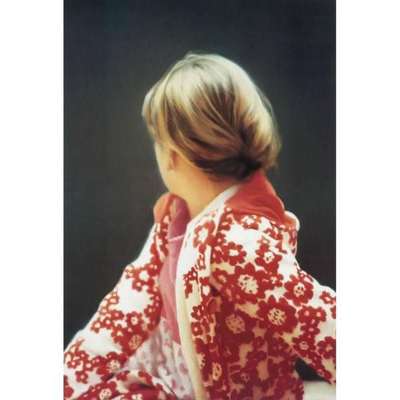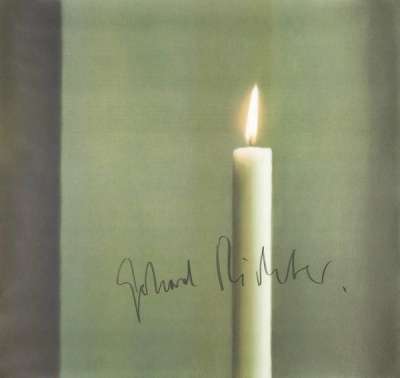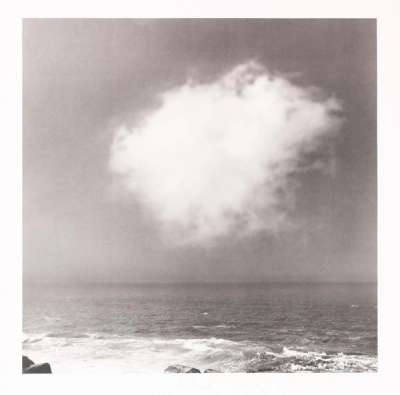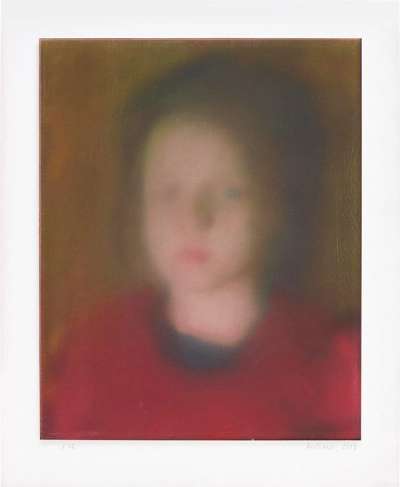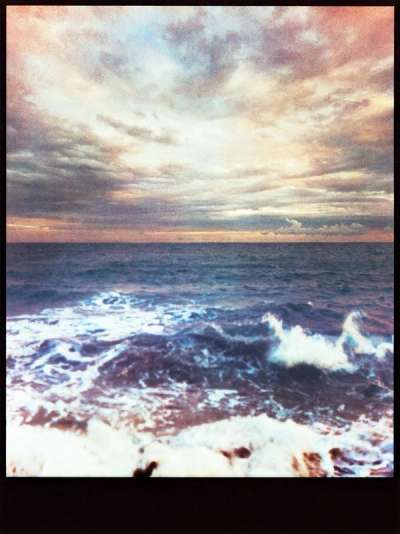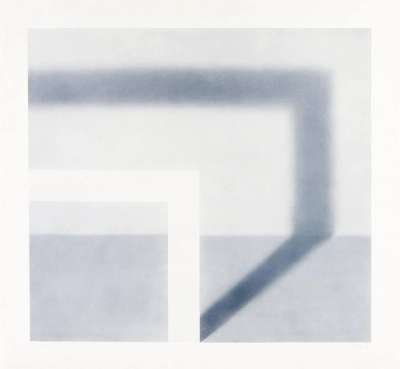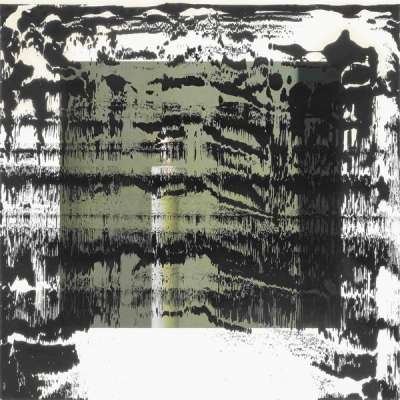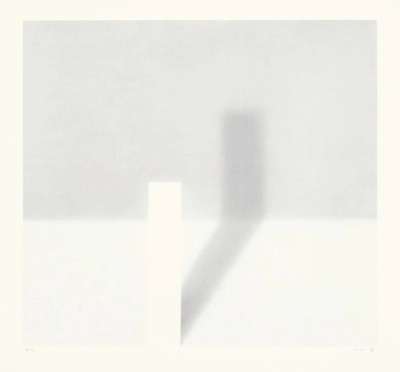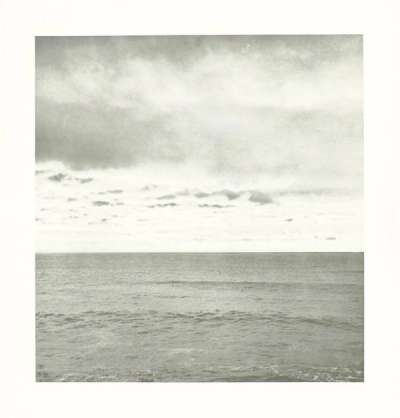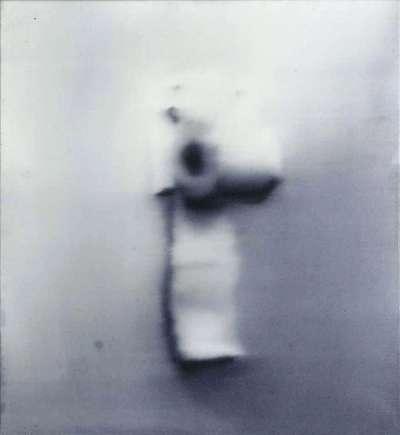
Wolken (Clouds)

Wolken (Clouds)
Signed Print
Gerhard Richter
£10,500-£16,000Value Indicator
$21,000-$30,000 Value Indicator
$19,000-$29,000 Value Indicator
¥100,000-¥150,000 Value Indicator
€12,500-€19,000 Value Indicator
$100,000-$160,000 Value Indicator
¥2,000,000-¥3,060,000 Value Indicator
$13,000-$20,000 Value Indicator
AAGR (5 years) This estimate blends recent public auction records with our own private sale data and network demand.
There aren't enough data points on this work for a comprehensive result. Please speak to a specialist by making an enquiry.
Medium: Lithograph
Edition size: 300
Year: 1969
Size: H 55cm x W 50cm
Signed: Yes
Format: Signed Print
TradingFloor
Track this artwork in realtime
Watch artwork, manage valuations, track your portfolio and return against your collection
Track auction value trend
Auction Results
| Auction Date | Auction House | Location | Hammer Price | Return to Seller | Buyer Paid |
|---|---|---|---|---|---|
| Sotheby's London | United Kingdom | ||||
| March 2024 | Von Zengen Auktion House | Germany | |||
| May 2021 | Stahl Auktion House | Germany | |||
| October 2019 | Van Ham Fine Art Auctions | Germany | |||
| September 2018 | Stahl Auktion House | Germany | |||
| June 2018 | Ketterer Kunst Hamburg | Germany | |||
| January 2018 | Lempertz, Cologne | Germany |
Meaning & Analysis
Part of the German artist Gerhard Richter’s Atlas series, Wolken (Clouds) is a signed lithograph print. It was issued in an edition of 300 in 1969 - a crucial stage in the early part of the artist's career - and is an archetypal example of his so-called ‘photo paintings’.
The same image as that which also appears in Richter’s 1969 print Wolke (Cloud), Wolken (Clouds) is a crucial example of the artist’s unique visual style, developed in large part during the 1960s, and emblematic of an important, life-changing period of Richter’s career. Escaping from Dresden, East Germany to the West German city of Düsseldorf within just weeks of the building of the Berlin Wall in 1961, Richter was finally free; challenging his own origins in ‘socialist realist’ art, Richter would respond to the new, commodity-driven culture around him by co-founding a bold new art movement. Its name? Capitalist Realism.
Despite its photorealist qualities, Wolken (Clouds) makes a point of bringing our attention to the abstract, even non-referential tendencies of artworks focused on the depiction of the natural world. Around a decade later, during the late 1970s, Richter bagan creating abstract works with large-scale ‘squeegees’, later combining photography and abstraction in his so-called Übermalungen - or ‘overpainted’ photographs. As such, this image can be read as a precursor to these conceptual and stylistic developments of the artist’s œuvre. Comprising an image of a cloudy sky - of the kind one might see from a plane window - the print’s focal point is a bright white horizon line. Sandwiched between an upper and lower layer of cloud, Richter’s image is doubly his own: it was painted after a holiday photograph, which Richter placed in his so-called ‘Atlas’.
Hailing from Germany, Gerhard Richter has not been confined to one visual style. A testament to versatility and artistic diversity, Richter's work spans from photorealism to abstraction and conceptual art, and his portfolio is rich in varied media. From creating bold canvases to working on glass to distort the lines between wall-based art and sculpture, Richter has honed in on the blur technique to impart an ambiguity on his creations. To this day, Richter is one of the most recognised artists of the 20th century with his art having been presented in exhibitions worldwide. His global impact underscores his legacy as a trailblazer of artistic exploration.
